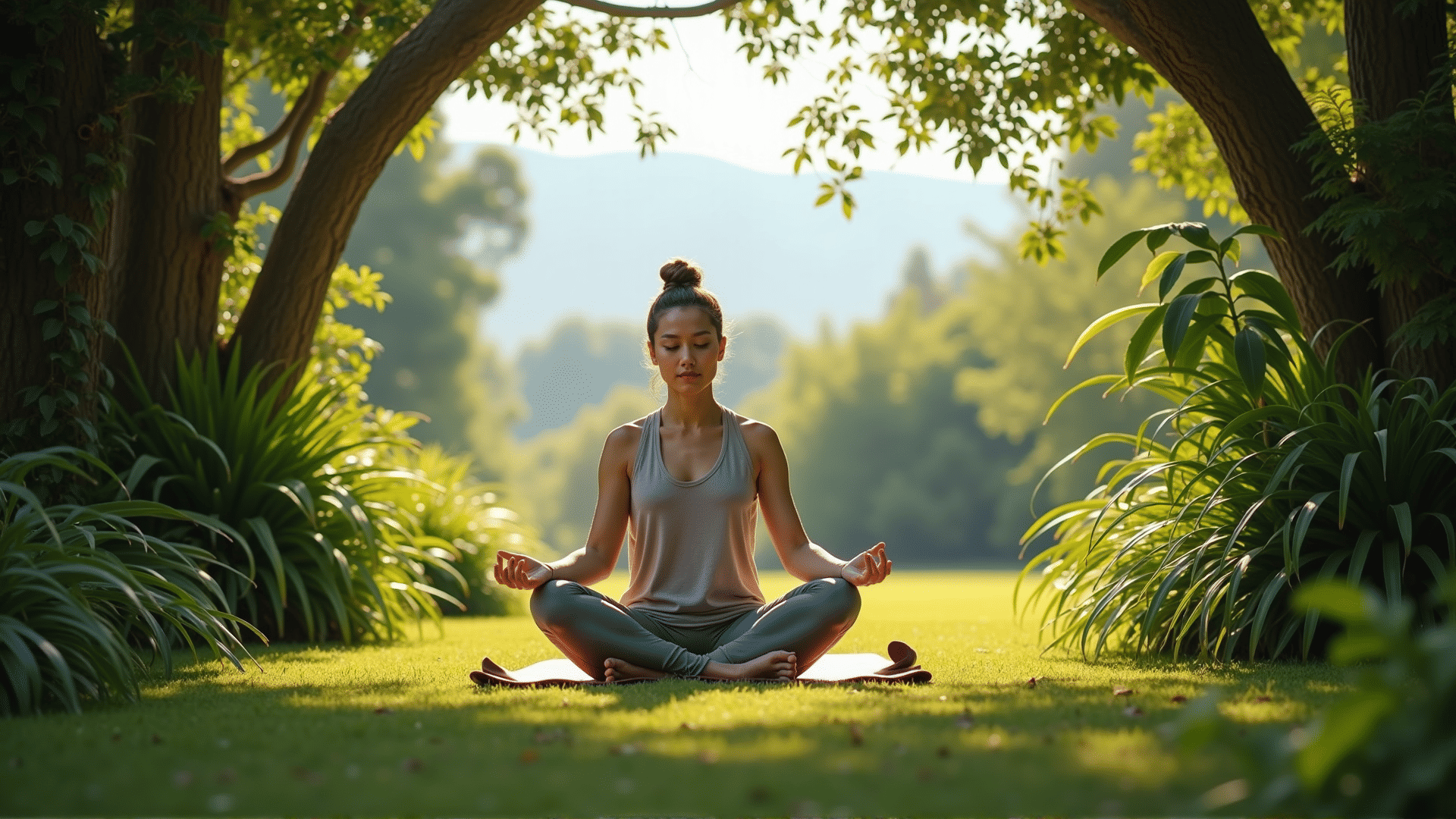In the hustle and bustle of modern life, finding moments of tranquility can seem elusive. Yet, by exploring the world of mindfulness, one can discover a path to inner calm and clarity. Mindfulness, at its core, is about bringing one's attention to the present moment with openness, curiosity, and acceptance. This practice, rooted in ancient traditions, offers valuable techniques for enhancing well-being and reducing the stress that often permeates daily life.
One of the fundamental techniques in mindfulness is the practice of mindful breathing. By focusing on each inhale and exhale, individuals can anchor their thoughts, creating a sense of stability in their minds. This simple yet powerful exercise can be done anywhere — during a morning commute, walking in nature, or even while waiting in line. By placing one's attention on the breath, distractions begin to fade, allowing for a reprieve from the constant chatter of the mind.
Body scan meditation is another method that aids in cultivating mindfulness. This practice involves a gentle sweep of attention through different parts of the body, from the tips of one's toes to the top of the head. By tuning into physical sensations without judgment, one can foster greater awareness of bodily presence and release tension held unconsciously.
Mindfulness is not limited to formal meditation sessions. It can be seamlessly woven into everyday activities. For example, during meals, practicing mindful eating invites individuals to savor each bite, paying close attention to flavors, textures, and smells. By engaging fully with the eating experience, people can cultivate gratitude for the food they consume and break free from mindless habits that lead to overeating.
In the professional sphere, embracing mindfulness can enhance focus and productivity. By dedicating time each day to mindfulness breaks, employees can refresh their minds, improving concentration and creativity. Techniques such as desk meditation or simple breathing exercises can serve as powerful tools to manage workplace stress and build resilience.
Another valuable practice is loving-kindness meditation, which involves directing positive thoughts and intentions towards oneself and others. This method nurtures compassion and empathy, fostering stronger connections in personal and professional relationships. By cultivating a mindset of kindness, individuals can transform interactions, creating a ripple effect of positivity in their communities.
Mindfulness is a journey, not a destination. It encourages a non-judgmental awareness of thoughts and emotions, allowing individuals to respond consciously rather than react impulsively. As practitioners deepen their mindfulness skills, they often find a greater sense of peace and a richer experience of the present moment.
Incorporating mindfulness into daily life requires commitment and practice, but the benefits can be profound. From reducing anxiety and enhancing emotional regulation to improving overall mental and physical health, the positive effects of mindfulness extend beyond the individual to create a more harmonious world. As you embrace this journey to mental wellness, remember that each step taken in mindfulness is a step towards a more peaceful and fulfilling life.
